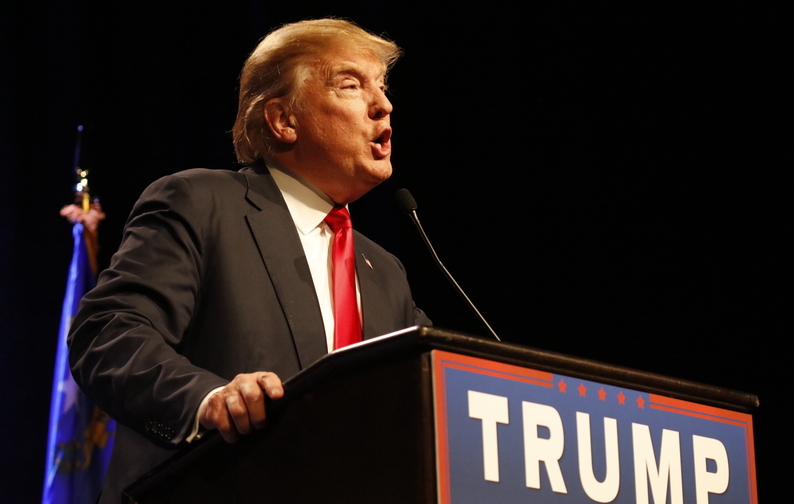
"The election is rigged."
"Hillary Clinton is battling a secret, unknown illness." "Donald Trump is working for Putin's Kremlin."
These are just a few of the statements we've heard during the debacle that is the 2016 election season.
Conspiracy theories like these are nothing new, of course. For years, stories have dominated the media about vaccines causing illnesses that are then covered up by pharmaceutical companies. About the Bush administration being behind 9/11. And, three years later, there are still those who claim that the entire Sandy Hook massacre was all a hoax.
As an adult, it's usually easy to separate fact from fiction. But what happens when our kids are privy to this kind of fear-inducing propaganda? How are we supposed to keep them from being negatively impacted? We turned to child psychologist Brian D. Johnson, PhD—who wrote the book Warning Signs: How to Protect Your Kids from Becoming Victims or Perpetrators of Violence and Aggression—for some help.
"Conspiracy theories are based on exaggerations, rumors, and lies, which are behaviors we don't want our children to learn," he explained. "They appeal to emotions including fear, anger, and grievances against scapegoated persons or groups (women, Mexicans, Muslims, media, government), and can promote violence."
Which is why Dr. Johnson says we should be showing our kids how to "reality test" conspiracy theories by teaching them how to think critically. And we can start when our kids are in grade school. "For example, if your child says, 'The teacher doesn't like me,' ask what the evidence for that statement is or how they know it is true," he explains. "Did the teacher say those actual words? Could there be another explanation for what the teacher said or did?"
So simple…and yet how many of us have actually taken the time to do this? Dr. Johnson also explained to us that while younger kids tend to think in black and white, we can introduce the idea of shades of gray by teaching them to look for red flags: things like exaggerations—"We are the only people that have the answer or will tell you the truth"—and statements based around extreme words like many, all, every, none, everybody, never, and always.
They should also be conscious of information based on emotions, not facts. "Just because something makes you feel a certain way doesn't mean it's true," he says. To teach them the difference, he suggests having our kids state facts, then pointing out when something is actually based on emotion instead.
And if you think a particular conspiracy theory may already be troubling your child (like fear of deportation, for example), don't just dismiss it. Sit down, start a conversation, and break down what your child is afraid of instead.
"Ask what they've heard or know," Dr. Johnson suggests. "Don't criticize, discount, or tease them for their beliefs, but say, 'I'm worried about how believing this might affect you if it's not true. How can we find out together whether this is true or not?'" Ask what evidence they have and add your own knowledge to the discussion."
We know it's a lot to digest. But at the end of the day, Dr. Johnson says it's our simple reassurance that we will keep our kids safe and do whatever we can to protect them that's paramount. "It's important not to share our parental fears while making it clear we want to hear and discuss any fears our kids have so we can reality test with them," he explains. "Because children look to their parents for cues about their personal safety and safety of the world, it's best for parents to model and state calm reassurance that they and their children will be OK."
Hollee Actman Becker is a freelance writer, blogger, and a mom. Check out her website holleeactmanbecker.com for more, and then follow her on Twitter at @holleewoodworld.
